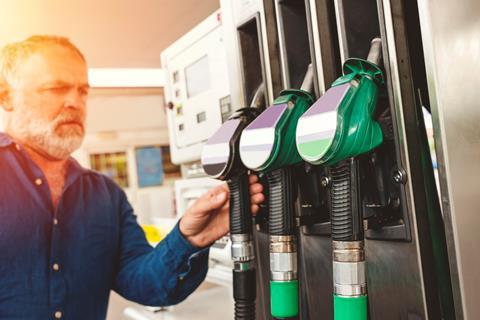
Fuel prices have soared by more than 11p per litre in the past five months but supermarket profit margins reduced over the period, according to the CMA’s first monitoring report on prices at the pumps.
The competition body, which is in the process of setting up a fuel monitoring regulatory system with powers to demand information, gave the findings for the period from May to October, having launched a voluntary interim system to monitor prices in the summer.
The reporting, which includes figures from all the main supermarket fuel retailers but still fails to cover 40% of all fuel sales, found overall pump prices had increased by 11.1p per litre (ppl) for petrol and 13.9ppl for diesel.
However, supermarket margins were found to have fallen over the summer, after a previous investigation by the CMA found supermarket fuel retailers overcharged drivers by 6p per litre in 2022, costing motorists around £900m.
The CMA said supermarkets remained on average cheaper than other types of retailer, generally maintaining an average pricing gap of around 4-6ppl between supermarkets and other retailers since 2017.
Margin data, which currently relies on voluntary sharing of data, was not available for September and October.
The CMA said its temporary pricing data scheme now had 12 retailers participating, representing approximately 40% of UK forecourts and more than 60% of fuel sold.
The data is being used by third parties such as petrolprices.com and the AA to provide pricing information in an open, transparent manner.
The UK government has committed to legislating for a mandatory, real-time pricing data scheme and is due to consult on its plans later this year.
“Drivers are feeling the pain again as petrol prices at the pump have been on the rise since June,” said Sarah Cardell, CEO of the CMA.
“The underlying data shows a mixed picture in terms of what is driving this.
“Over the summer we saw rising wholesale costs, but more recent trends give cause for concern that competition is still not working well in this market to hold down pump prices. We will be monitoring and reporting further on this in our next update.
“As our year-long, in-depth study showed, this is a market where competition is not working as well as it should. But while today’s first monitoring report is an important step, it is based on voluntary information and is missing some major fuel retailers.
“That’s why it is so important that a permanent fuel monitor – with powers to demand information from all retailers – is put in place to give a fuller picture of how the market is working.”









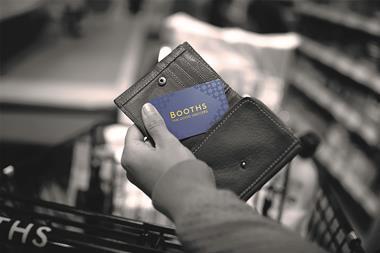


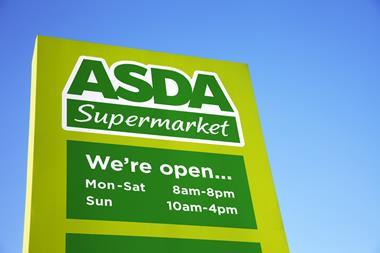

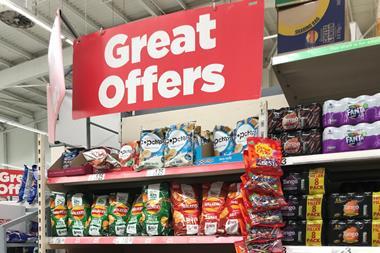


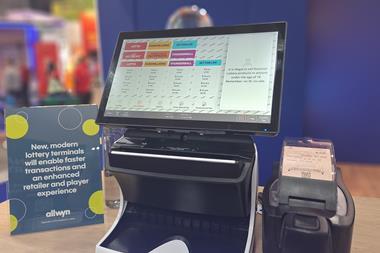

No comments yet